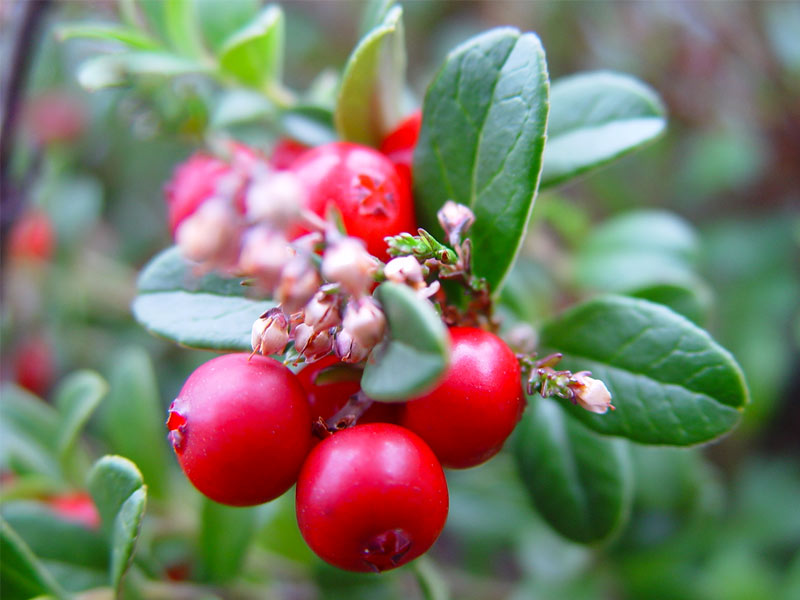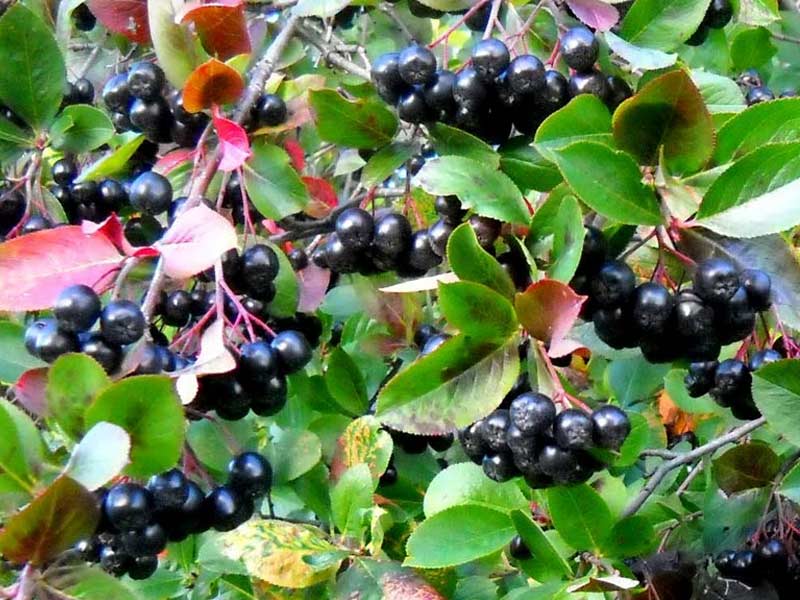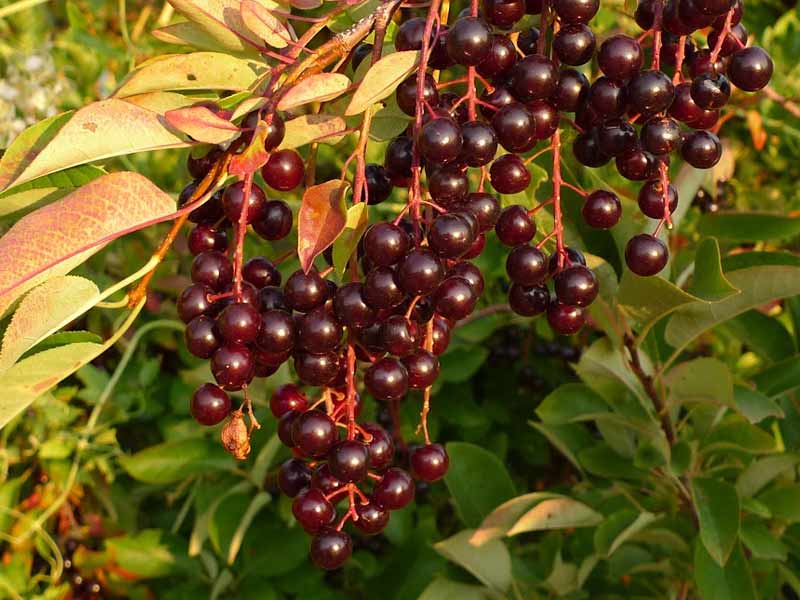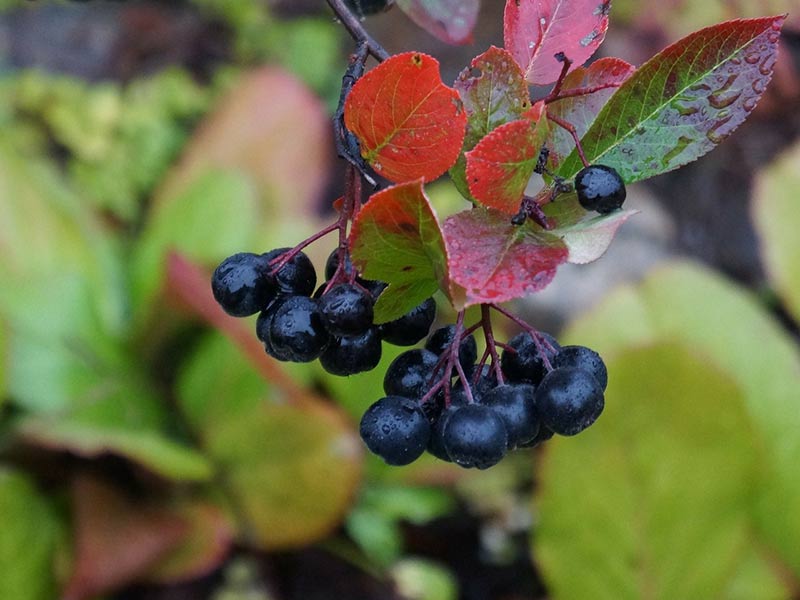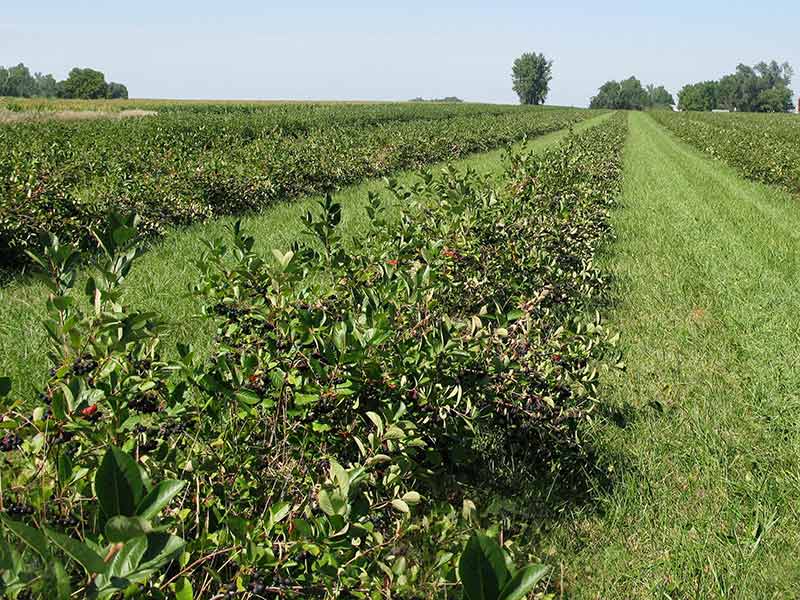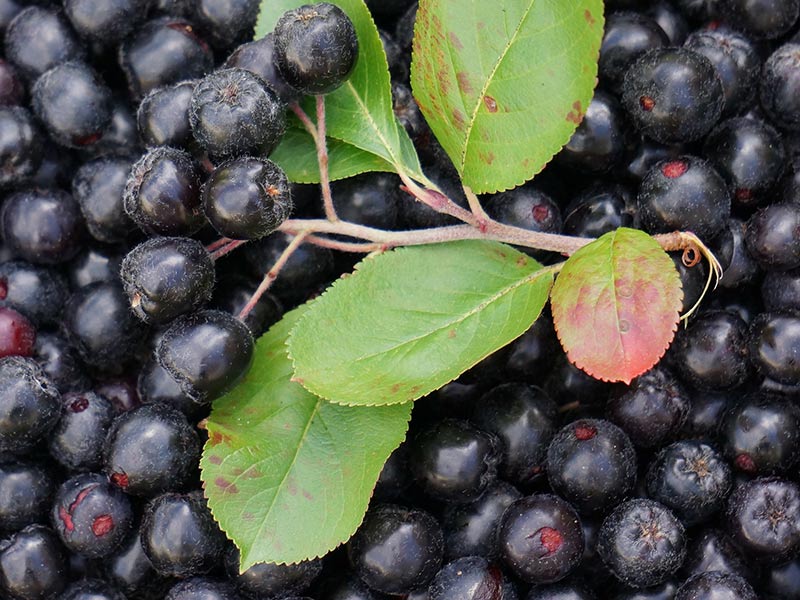Ariona Berry growing in South Africa
In recent years Aronia started to gain more and more popularity for its health benefits, ornamental value and low maintenance. Although Aronia is native to the Eastern US where it grows in the wild, most of the cultivated plants were developed in Russia and Northern European countries.
Aronia berry is relatively new to South Africa, but as our market also tends to start focussing more on organic and healthier products, the market for this highly valued and nutritional berry is increasingly growing.
Due to more research and findings and to the fact that the aronia berry also being labelled as one of the world’s super fruits, it is becoming a very attractive addition to other fruit crops.


